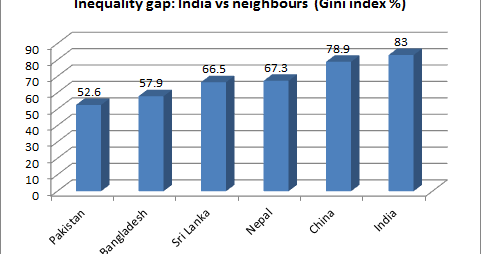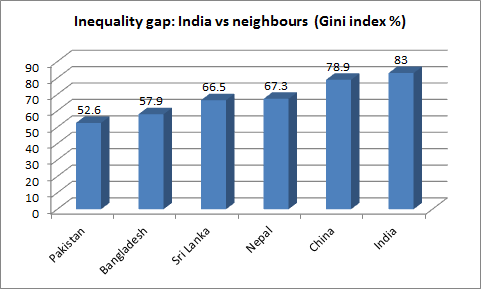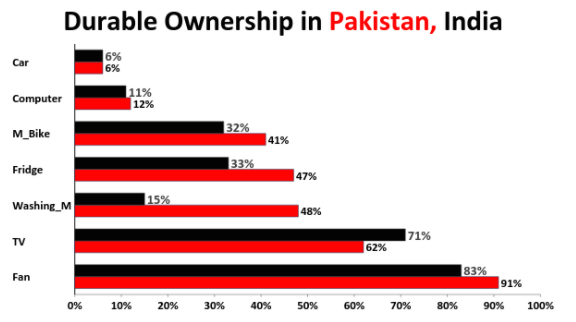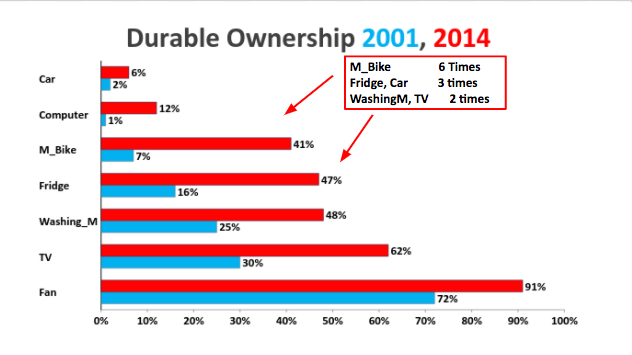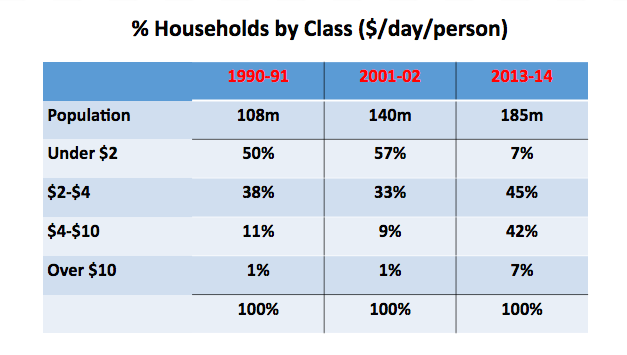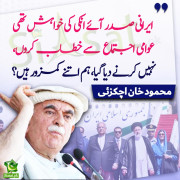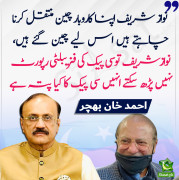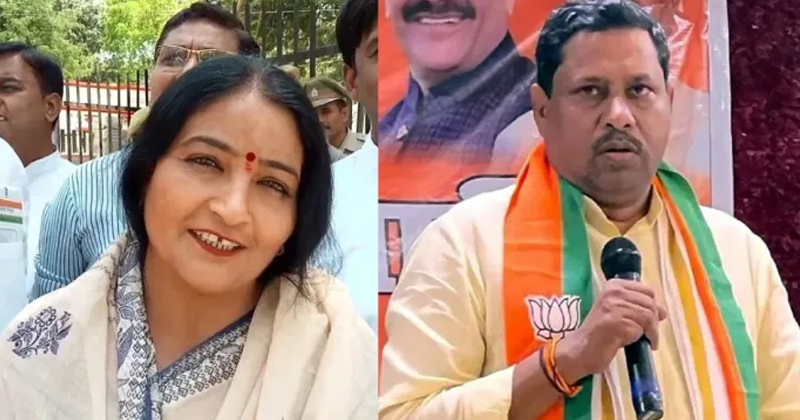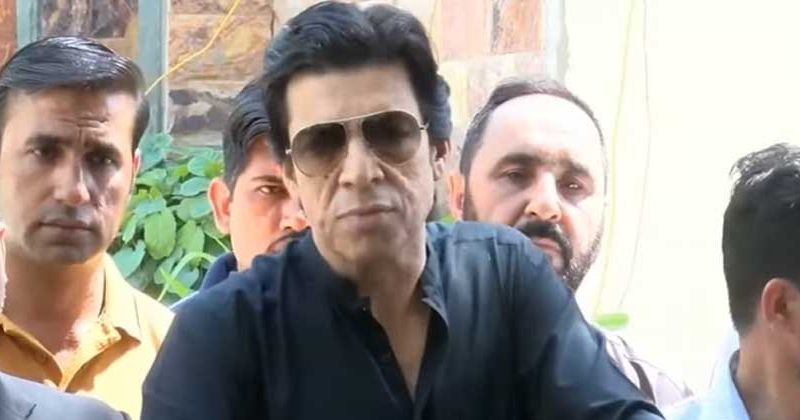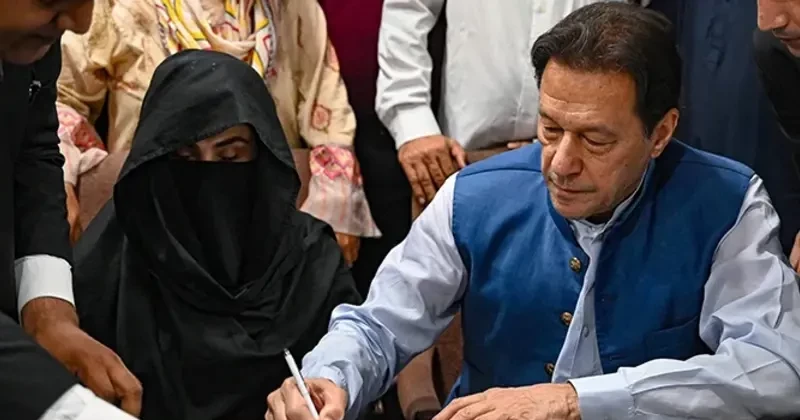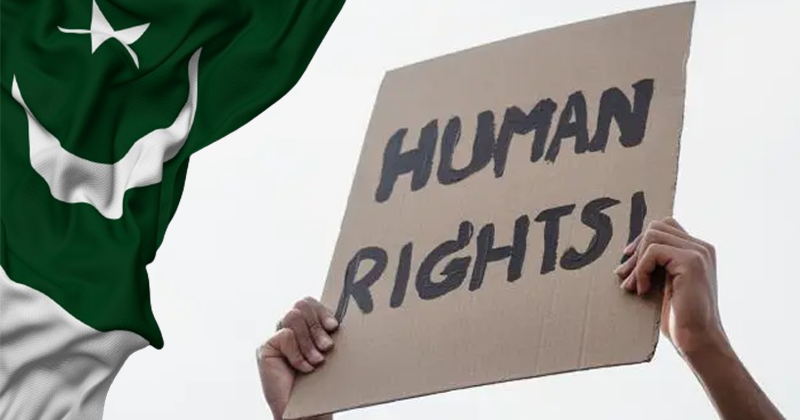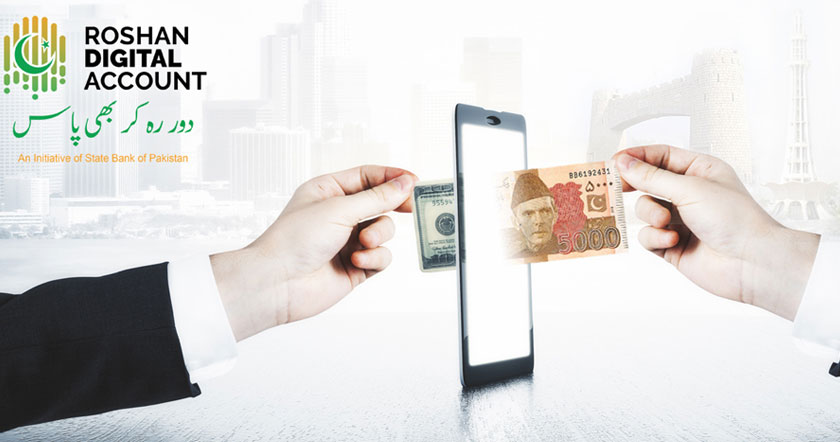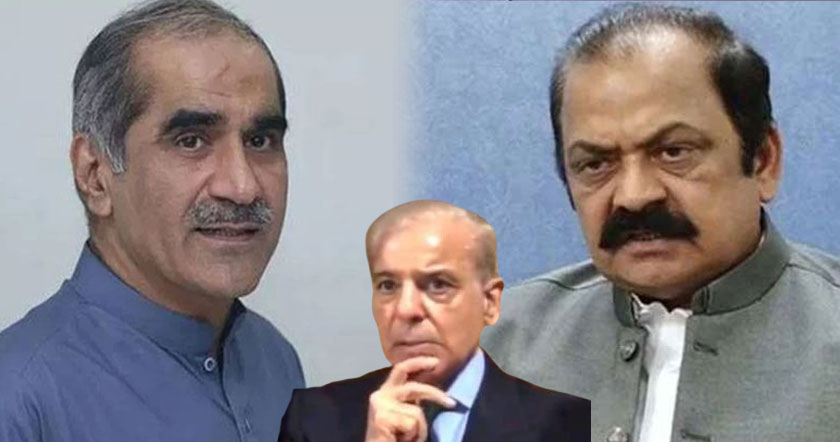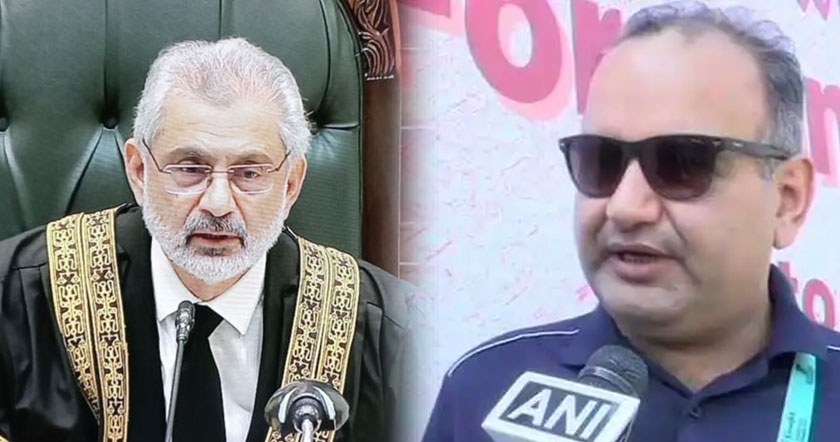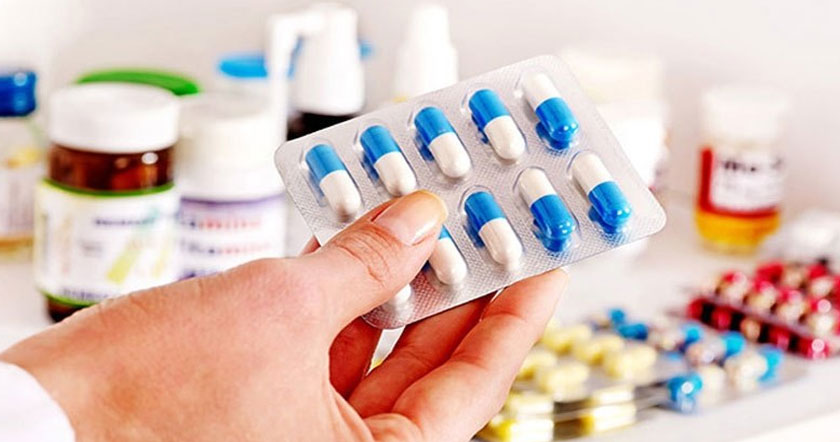World Happiness Report 2019 says that India is among the world's biggest losers while Pakistan is among the biggest gainers on World Happiness Index. Under Prime Minister Narendra's Modi's leadership, India's ranking has worsened from 118 in 2016 to 140 in 2019. In the same period, Pakistan's ranking has improved from 92 in 2016 to 67 in 2019. World Happiness index is considered a better representation of people's well-being than other economic and social indicators individually.
Contrary to the Indian and media hype about Modi-nomics, it was recently reported that unemployment rate in India has reached its highest in 45 years. Indian GDP growth figures have been challenged as too optimistic by top Indian and western economists. Modi's demonetization has turned out to be a major disaster for India's largely cash-based economy. Farmers are continuing to take their own lives by the thousands each year as the agrarian crisis continues to take its toll. India's community fabric has been fraying with sharp spike in social hostilities against minorities.
This year's United Nations Sustainable Development Solutions Network's annual World Happiness Report ranked 156 countries based on 6 indicators: income per capita, life expectancy, social support, freedom, generosity and corruption.
Countries in Scandinavia continue to to top the list while Sub-Saharan African nations remain at the bottom. Pakistan ranks 67 among 156 countries, tops South Asia region. China ranks 93, Bhutan 95, Nepal 100, Iran 117, Bangladesh 125, Iraq 126, India 140 and Afghanistan at 154.
Indian Prime Minister Modi has been accused by his critics of stoking tensions with Pakistan ahead of this year's general elections to divert attention from his government's poor performance. Some analysts believe that recent Indian airstrikes in Pakistan have helped bolster Modi's domestic support among his among his right-wing Hindu Nationalists base.
While Modi may have made domestic political gains, India's international perception as a "great power rising" has suffered a serious setback as a result of its recent military failures against Pakistan. Pakistan spends only a sixth of India's military budget and ranks 17th in the world, far below India ranking 4th by globalfirepower.com.
http://www.riazhaq.com/2019/03/india-among-biggest-losers-and-pakistan.html
Contrary to the Indian and media hype about Modi-nomics, it was recently reported that unemployment rate in India has reached its highest in 45 years. Indian GDP growth figures have been challenged as too optimistic by top Indian and western economists. Modi's demonetization has turned out to be a major disaster for India's largely cash-based economy. Farmers are continuing to take their own lives by the thousands each year as the agrarian crisis continues to take its toll. India's community fabric has been fraying with sharp spike in social hostilities against minorities.
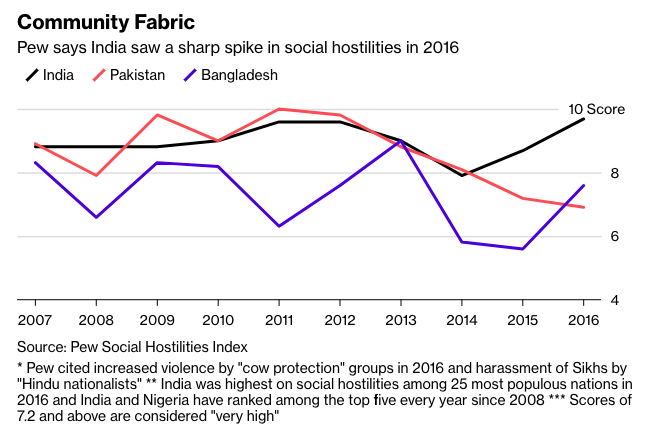
| |
|
This year's United Nations Sustainable Development Solutions Network's annual World Happiness Report ranked 156 countries based on 6 indicators: income per capita, life expectancy, social support, freedom, generosity and corruption.
Countries in Scandinavia continue to to top the list while Sub-Saharan African nations remain at the bottom. Pakistan ranks 67 among 156 countries, tops South Asia region. China ranks 93, Bhutan 95, Nepal 100, Iran 117, Bangladesh 125, Iraq 126, India 140 and Afghanistan at 154.
Indian Prime Minister Modi has been accused by his critics of stoking tensions with Pakistan ahead of this year's general elections to divert attention from his government's poor performance. Some analysts believe that recent Indian airstrikes in Pakistan have helped bolster Modi's domestic support among his among his right-wing Hindu Nationalists base.
|
While Modi may have made domestic political gains, India's international perception as a "great power rising" has suffered a serious setback as a result of its recent military failures against Pakistan. Pakistan spends only a sixth of India's military budget and ranks 17th in the world, far below India ranking 4th by globalfirepower.com.
http://www.riazhaq.com/2019/03/india-among-biggest-losers-and-pakistan.html



